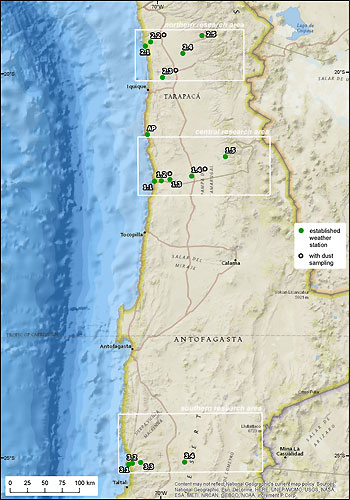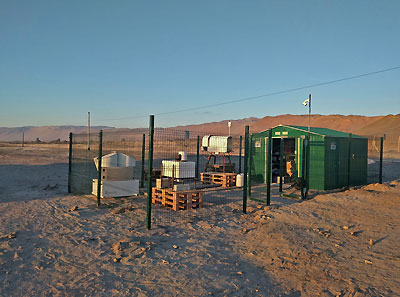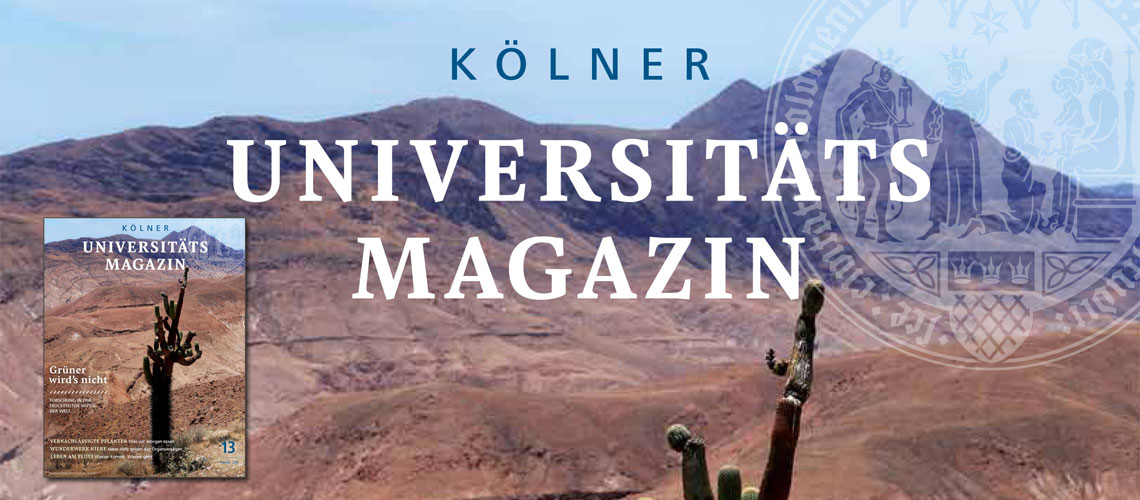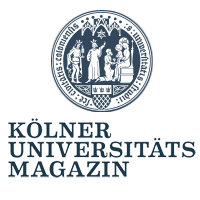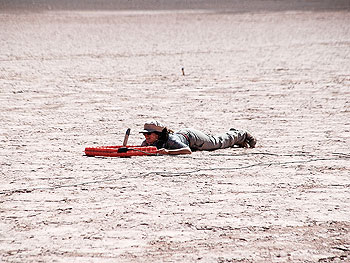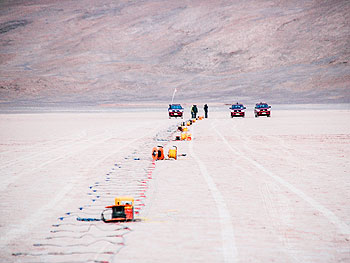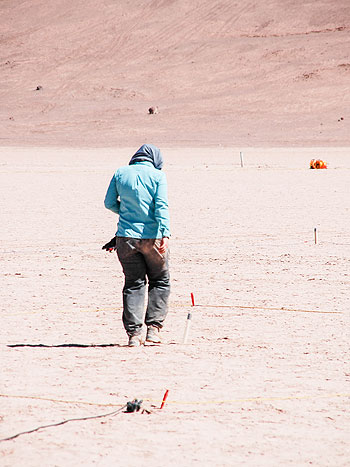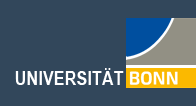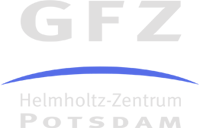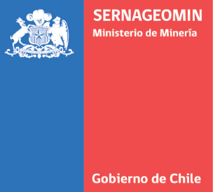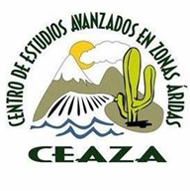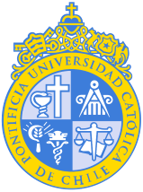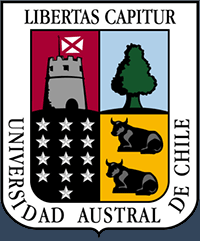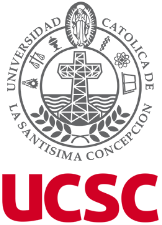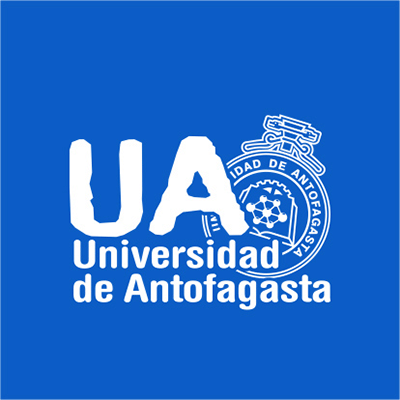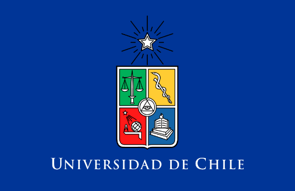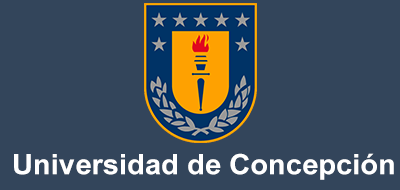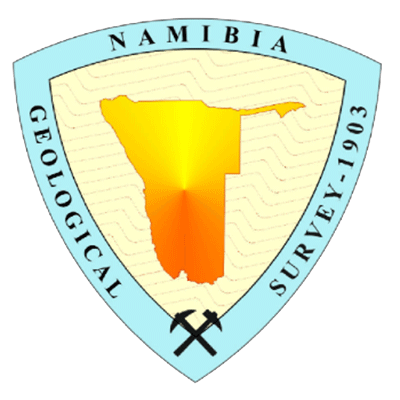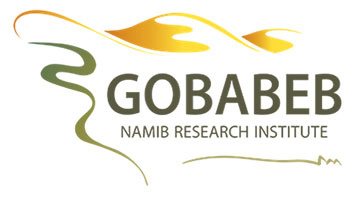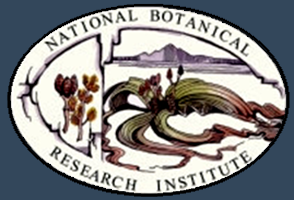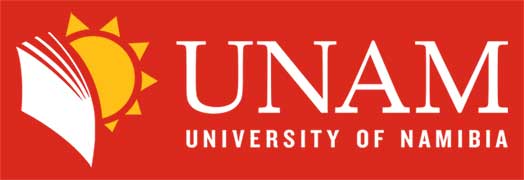All weather stations established
During the long and intensive joined field campaign of C3, Z2 and Z3 in February and March 2018, further 10 weather stations were established. The southern transect at 25.1°S and the northern transect at 19.7°S with 4 and 5 stations respectively are now complete. Additionally a station was set up at the Alto Patache fog oasis research station (AP, see map) which is maintained by the Centro Desierto de Atacama, of the Pontificia Universidad Católica de Chile, Santiago (PUC).
We were again accompanied by the PhD student Franko Arenas Díaz from Universidad Catolica del Norte, Antofagasta (UCN). The weather station at the Alto Patache fog oasis research station is connected to a fog collector (see picture) and will be further maintained by Juan Luis García, Pablo Mc Intyre and Constanza Vargas Vásquez of the Geographic Institute, PUC.
The data delivered by the weather stations gives new insights into the transport of moist air from the Pacific into the Atacama and the distribution of precipitation. Especially, the stations of the central transect at 21.4°S installed already in March and September 2017 are under the influence of a very regular and strong sea-land-mountain circulation, which brings moist air and fog far inland. Stations 1.2 and 1.3 observed on June 7, 2017 one rain event, which brought about 1mm of precipitation. Station 1.5 located on the slope of Andes Precordillera experienced on February 3, 2018 rain, which brought in total 3.4mm.
All data, metadata and photos will be shortly available on our repository website: https://www.crc1211db.uni-koeln.de
A daily quicklook is provided here:
We thank all involved people and companies for their support to realize this very important task, in particular: Agencia de Aduanas Juan Gatica Yesurun y Cía. Ltda.; Campbell Scientific Ltd.; CRC 1211 central office; Feingerätebau K.Fischer GmbH; DB Schencker; Dr. Eduardo Campos, UCN, Antofagasta; National Oceanic and Atmospheric Administration (U.S. Department of Commerce); Patricio Raul Arias Ortiz; Team of Alto Patache; Telekom Mobil; University of Cologne Administration
|
Distribution of weather stations. Map: Dr. Dirk Hoffmeister |
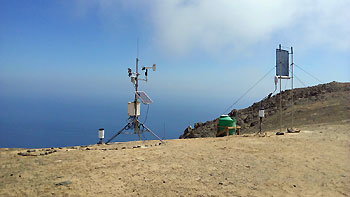 |
|
Weather station at Alto Patache fog station (PUC) with additionally connected fog collector. Photo: Constanza Vargas Vásquez (PUC) |






